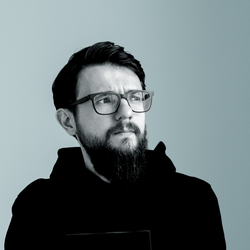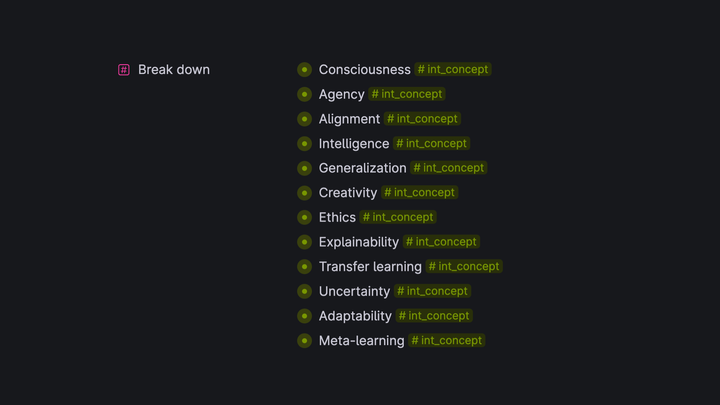Hey 👋 — Andrew is here.
On Tuesday I attended Render(); conference on Tools for Thinking.
Betaworks hosted quite a few really insightful sessions for the TfT community.
In this issue of Tools For Thought I will share my 3 takeaways from Render();
Issue will take about 5 minutes to read. Hope you enjoy it!

01. Interfaces / New paradigm needed
TfTs are still run on skeuomorphic objects:
- Notes
- Articles
- Books
Skeuomorphism is a way to design things so that they look like what they are in real life.
It gives us familiarity. However, it is also restrictive.
It might prevent us from making TfT components and interfaces that are more innovative and digital-native.
Andy Matuschak and Michael Nielsen put it this way:
Aim is to develop a new medium for thought. Such a medium creates a powerful immersive context, a context in which the user can have new kinds of thought, thoughts that were formerly impossible for them.
That vision requires a shift in the interface paradigm.
RELATED DEMO
Linus Lee presented probably the most innovative experiment.

Merging the thought spectrum and color spectrum.
The idea behind it goes like this:
- Language is discontinuous
- The color spectrum is continuous
Can we use color spectrum as the new interface to represent ideas and information?
Creating a continuous semantic space → navigating through it.
02. Protocols / Tools for thinking together
TfT industry has roots in PKM: PERSONAL knowledge management. Closed system designed for one single player.
Now we are certainly going toward collaborative forms of TfTs.
They would allow us to
- share knowledge
- think together
- build social memory
To get there, we need new protocols.
RELATED DEMO
One of the solutions is the Noosphere protocol.
Gordon Brander positions Noosphere as the New Protocol for thought.

It works for multiplayer notes, knowledge graphs, and other media. Providing universal cross-app linking knowledge and version history.
A few characteristics:
- permissionless
- decentralized over IPFS
- user-owned & multiplayer
- belongs to everyone
A few similar protocols are being developed:
Tool for organising information-heavy projects and activities consisting of unstructured and widely diverse data and information resources.

It provides universal structures and relationships for knowledge graphs.
From MIT's not-for-profit Knowledge Futures Group

Like the web, it is an emergent system.
It is built on a set of open-source protocols and tools for structuring, storing, and aggregating distributed graph data.
All 3 protocols are definitely worth exploring.
03. Models / LLMs as TfT
🛰 I'll be publishing a special issue on the subject shortly.
We are moving to the era of assisted thinking and reasoning with the rise of GPT-3 and other large language models.
Working with LLMs is an interactive, investigative process. It's becoming the major component of the TfTs
Using LLMs we find new ways to:
- Explaining things
- Summarising large text
- Extract knowledge
- Write essays and dialogues
- Organize & cluster knowledge
- Formulate research questions
But there are quite a few challenges:
- We need to learn to fine-tune models like GPT-3 for more niche objectives (related to TfT workflows)
- We need to learn to interact with LLMs: Iterating, finding the best prompts. Working with model output: modify it, enhance it.
- We need to develop the interoperability of models.
RELATED DEMO
Alice Albrecht presented re:collect – awesome LLM-based tool.

It helps you to
- recall your ideas in contexts
- build non-obvious connections
- develop your conversation with your past self
That's a wrap
All of the Render(); talks, panels, and demos were super informative.
The lifestream recordings are available here.
Check them out 🛰


